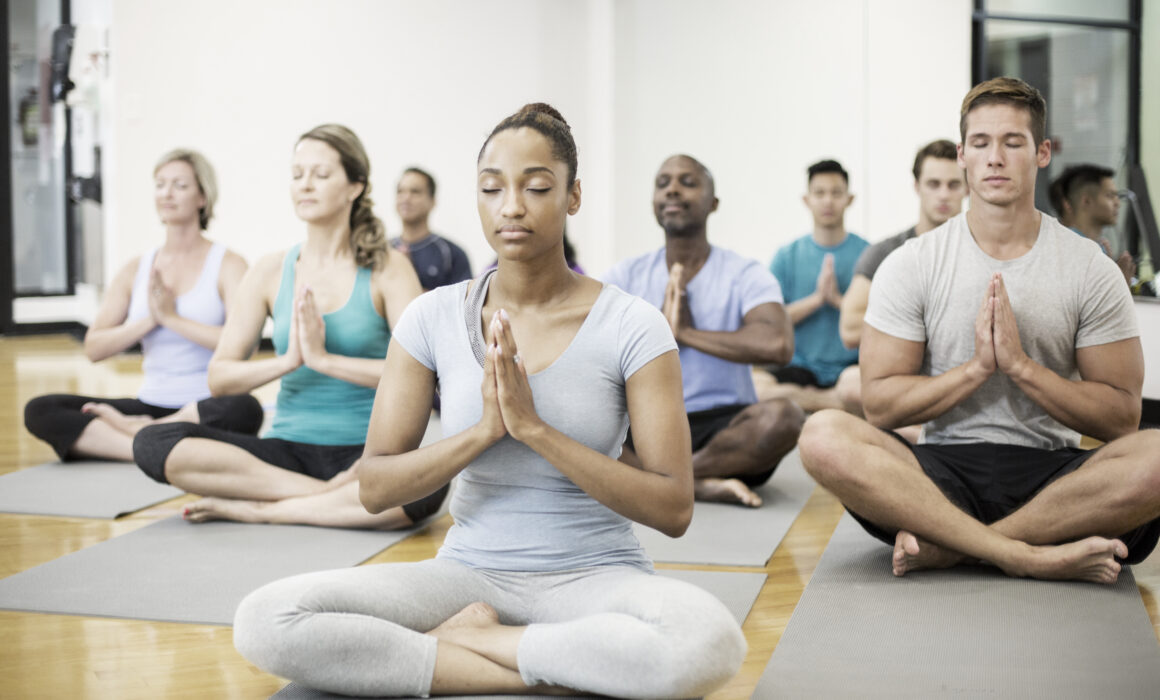Maintaining an active lifestyle through hobbies is essential for physical, mental, and emotional well-being. Whether you are young or old, integrating activities that stimulate the brain and promote movement can enhance your quality of life far beyond simple entertainment. Read on to find out more.
Mental Stimulation Through Hobbies
Hobbies that engage the mind, such as reading, puzzles, learning a new language, or playing strategic games, help sharpen cognitive function and improve memory. Research shows that mentally stimulating activities can slow cognitive decline and may even reduce the risk of conditions like dementia. Engaging the brain in challenging yet enjoyable tasks keeps neural pathways active, promoting long-term mental agility. For older adults, participating in activities that combine problem-solving, creativity, and learning can foster a sense of purpose and prevent feelings of isolation or stagnation.
Physical Benefits of Active Hobbies
Equally important are hobbies that keep the body moving. Physical activity improves cardiovascular health, strengthens muscles, and boosts flexibility, all of which are crucial for maintaining independence. Activities such as swimming, yoga, gardening, or dancing not only enhance physical health but also release endorphins, improving mood and reducing stress. Even moderate forms of movement, like walking in nature or practicing gentle stretching routines, can have significant long-term benefits.
Combining Mind and Body Engagement
The synergy between physical and mental activity cannot be understated. Hobbies that combine both, such as playing strategic sports, practicing martial arts, or engaging in dance classes, provide holistic benefits. They challenge the mind to focus, strategize, and learn while simultaneously keeping the body active and healthy. This balance promotes overall well-being, improving energy levels, emotional resilience, and quality of life.
Hobbies for Older Adults
For older adults, finding hobbies that stimulate both mind and body can be particularly transformative. Many care settings now prioritize activities that combine these elements, recognizing the benefits for residents’ health and happiness. For example, a care home in Cheshire offers a variety of tailored activities designed to keep residents engaged physically and mentally. From gentle exercise classes to art workshops and memory-stimulating games, these programs help seniors maintain independence, social connections, and a sense of fulfillment.
Incorporating Hobbies into Daily Life
Even outside of structured programs, integrating hobbies into daily routines can significantly enhance life. Cooking, for instance, combines physical movement with planning and creativity. Gardening requires both physical effort and problem-solving skills. Musical instruments, painting, or even group classes can stimulate the mind while encouraging dexterity and coordination. Choosing hobbies that are enjoyable ensures consistency, which is key to reaping long-term benefits.
Summing Up
Hobbies that keep the mind and body active are more than leisure activities. They are investments in health, happiness, and longevity. By dedicating time to mental and physical engagement, people of all ages can maintain cognitive sharpness, physical strength, and emotional well-being. Whether through structured programs in supportive environments or personal pursuits at home, prioritizing these hobbies enriches life in ways that last far beyond the hours spent practicing.
Dilawar Mughal is an accomplished author with a passion for storytelling. His works span various genres, from thrilling mysteries to heartfelt romance novels. With a keen eye for detail and a knack for character development, Dilawar weaves engaging narratives that captivate readers and transport them to new worlds.
